8:29
There was a photo of my grandfather in a shoebox. He was a handsome French guy in a Mountie uniform and he was head-to-head with a beautiful black horse.
We believed the horse’s name was King.
Skeletons in closets.
We were a generation that followed a generation who did not speak of things that were not considered to be quite polite and proper.
So, for some reason my grandfather’s story became more of my grandfather, the barber, the carpenter and the preacher, rather than my grandfather the Royal Northwest Mounted policeman. Oh, wait a minute, he did run an ice cream parlour and pool hall before the barbering and I found that very cool. The Mountie story, was even cooler, but we only knew the outline, not the whole story.
So, the outline was that Grandpa Ernest came from Quebec after the First World War. He had been a policeman in Montreal and recruited by the Mounties as a translator. The reasons he chose to leave Quebec are murky. He may have been married. He may have had a child. His wife may have died. The child may have lived. No one knows.
My dad may have had an aunt in Quebec.
Skeletons in closets.
We got hints but never got the story. I may still have close relatives in Quebec or not, but no way of knowing.
So, the Frenchman came out west to Regina for training at the iconic Depot. A short time later he met my more Anglo grandmother and they married. For an RNWMP constable to get married you need to first divorce the RNWMP. It was called buying out and it was compulsory.
So ends the Mountie story.
There are many reasons why folks get married.
Skeletons in closets, but I imagine it was big love.
My father came home from WWII, fit and a danger to bad guys. Like his dad, the Mounties seemed to him a fine place to practice his new skills. He went down to the recruiting office. Fitness, toughness and smarts were not on the recruitment qualification list that day.
He was a half inch too short.
The red serge chain in our family was truly broken.
Well, not completely.
This lucky grandson built a public service workplace and civic engagement practice that led to good fortune and red serge. I got to work with many fine public service organizations including the RCMP.
It started one week when I had twenty people in a week-long learning session and seven of the participants were RCMP members. For some reason, they all seemed to relate strongly to the practical engagement tools I taught.
One of those members was Russ Mirasty, a Cree First Nations guy originally from La Ronge Sask. We hit it off pretty good and he remained in my corner as a supporter of this modest work.
I got a good Russ story from another fellow member. I think his name was Andy. He was just graduated and sent out on the highway for the first time. His supervisor, in the car, was Russ.
“I was pretty nervous,” he recounted to me, “and was careful to be professional and do everything by the book.” So, when he caught his first speeder, he carefully adjusted his hat and in a very formal way, showed his new authority and summarily issued the ticket.
Back in the car he very attentively looked over to Russ for approval. Russ, in that wonderful combination of indigenous stoicism and humour, looked over at him and quietly suggested.
“You know Andy,” he says, “they are not all criminals.”
Russ went on to become the first indigenous commander in the force. He just recently finished his term as Lieutenant Governor of Saskatchewan.
Just one fine guy.
Another member called me a few years later with his story. He led an undercover team. This work was tough sledding at the best of times but they hit a big bump. Two of the team were in one of those workplace conflict situations. It was getting worse and heading down that bureaucratic rabbit hole of HR, grievances and such. He was reluctant to go there and then he remembered building one of my favorite tools, the Team Charter. He had come home from a session, built it with the team, they signed it and like a good manager ticking off a box he slid it into a drawer.
Anyway, he pulled it out, called a team meeting and started through the charter elements such as core values, code of conduct, roles and responsibilities. Twenty minutes into the conversation, these two tough nuts stood up, acknowledged their bad behavior and shook hands.
Mounties.
I would love to tell the story of how I ended up in a room of very tall Mounties, who immediately signaled they had recognized me for another touchy-feely consultant out to bust their chops with nothing practical.
A dozen tools later, there was no touchy, no feely. We were the best of friends.
I did not know at first but it turned out they were the Prime Minister’s body guards and we bonded when they decided to try the Workout Tool on a particularly sketchy problem.
There were other Mountie stories but the word count is rising and I am constantly told people don’t like lot of words these days.
I will leave you with one more.
I worked with Bonnie Johnston for a long time. You may remember my story of Hawk, the support dog who worked with abused kids in the quest for justice. Bonnie is still, at heart, a front-line nurse but her incredible leadership skills took her into important roles leading Child and Family Services, the Child Advocacy Centre and now she works with Paul and Liz Brandt and their incredible work against trafficking with their Not in My City organization.
She is one of my public service heroes.
I was aware of, but not as familiar with her husband Grant, but totally fascinated with her “Grant the RCMP Officer” stories, especially the one about the plane crash in northern Alberta. So last week I spent a storytelling afternoon with these two victims and beneficiaries of scarlet fever.
Scarlett fever . . . occurs mainly in our northern regions where young nurses and young RCMP members work together, learn together and often connect together generally in the vicinity of the nursing stations.
Their love story would be a good Canadian movie starting with a kiss and a slap, then the nurse giving mouth to mouth to a child in cardiac arrest in the back of the police car. An abrupt stop slams nurse into the partition leaving the Mountie who was driving, concerned about her injury and his future chances.
It worked out and he was invited for Christmas, but dental surgery kept the nurse from boarding the plane with him back north.
So, he’s flying back north on December 29. He meets up with a young lawyer on the flight sitting ahead of him. His training has him counting all on board and being aware of his bag location in the front of the plane where his Christmas presents are stowed.
It was snowing pretty bad.
The plane crashes, lands high in the trees, upside down with both wings on fire. Grant goes into full emergency mode. He undoes his seat belt and falls to the ceiling where he observed a lady trying to unlock the rear door. The door was jammed shut from the crash. Grant laid on his side and kicked the door repeatedly until it swung open. He yelled through the plane that the door was open, hurry because there were gas vapours. Grant jumped down into the deep snow and started to pull passengers he had counted from the plane. He was missing the lawyer and the two pilots.
The plane’s wings were seriously on fire.
He boosted himself back into the plane and located the lawyer near the door just inside the plane. Grant pulled the lawyer out of the plane who had been unconscious and woke up to the bad situation. He attempted to re-enter the plane to look for the crew, when he hears a hissing sound from the wing. He dropped to the ground and got behind the tail when he was knocked down by a fireball ripping through the plane.
So, they build a fire. No need for matches. He finds his luggage and passes out his Christmas sweaters.
As this traumatized group sits in deep shock around the fire, Grant decides to take a risk and do something to pull them out of the deep funk.
He asked the females passengers to stand up. He then told them to sit back down. When asked why that was necessary, the Mountie said I just want to see who I was going to eat first.
Two seconds of shock followed by waves of laughter. Grant described the situation as much more relaxed. This was a group obviously familiar with the Donner story
Rescuers struggled to find them, and the service revolver Grant had with him in his luggage, from when he did a prisoner escort down to Calgary, came in handy when they could be heard getting close. Shots fired. Survivors found.
One of the first RCMP members into the site was a colleague of Grant’s, and he asked how Grant got in there so fast.
I was on the damn plane, says our guy.
Grant was reluctant to speak about the citations in courage he received, but even years later, the emotion shows when he tells me what happens every December 29 at 8:29 pm.
Judge Reimer, the young lawyer Grant went back to get, calls him and once again, every year thanks him for saving his life.
Bonnie and Grant were invited to their home where their whole family gathered to meet the man who never hesitated to go back into a burning plane. The kids knew they were all there because of him.
RCMP members, thank you for your service and giving us one more thing, as Canadians, to be proud of.

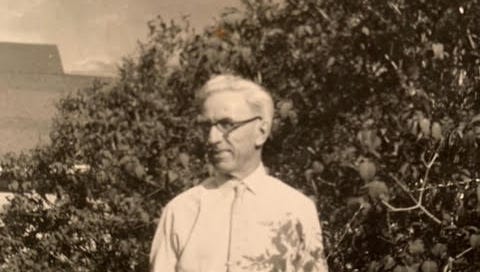




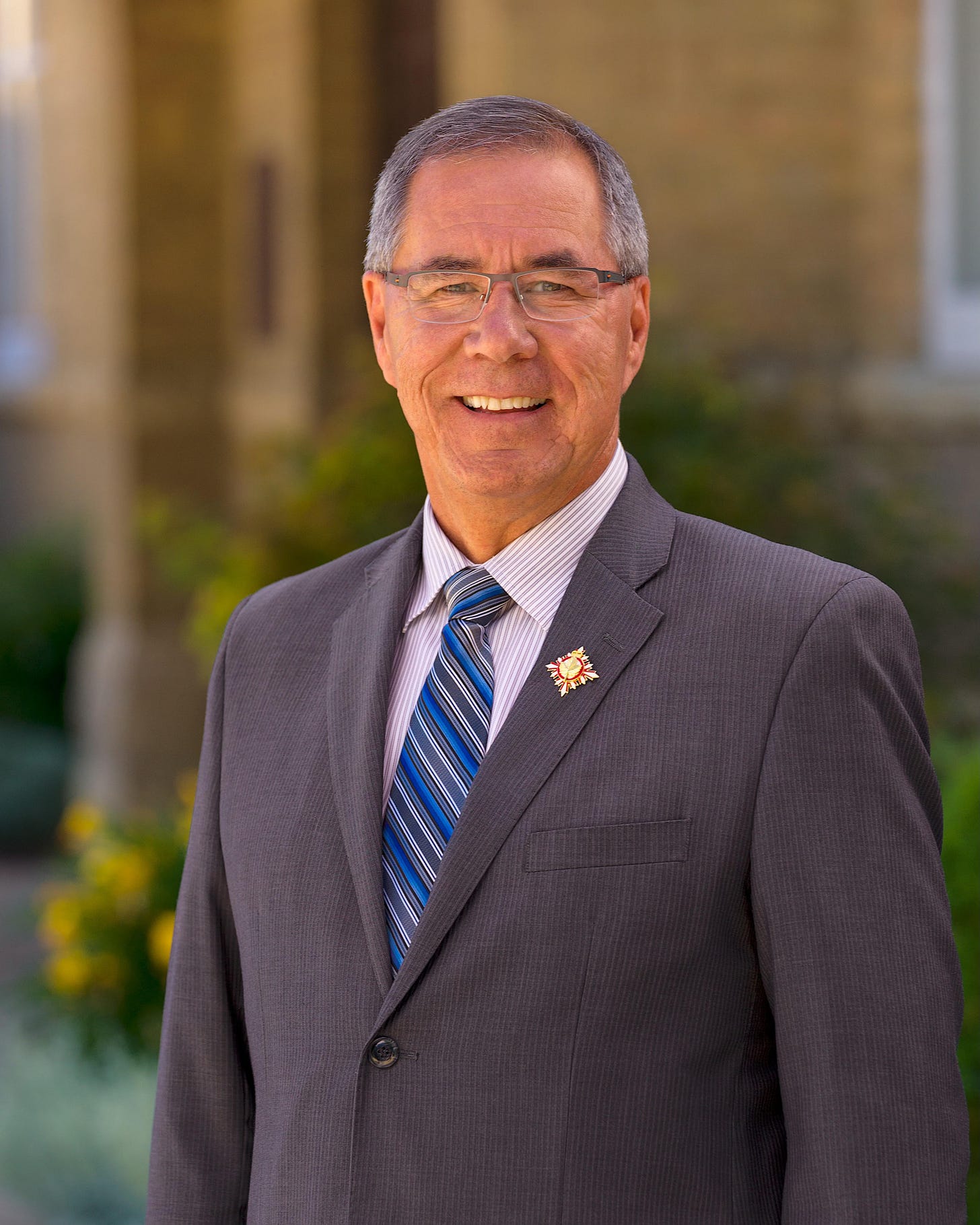
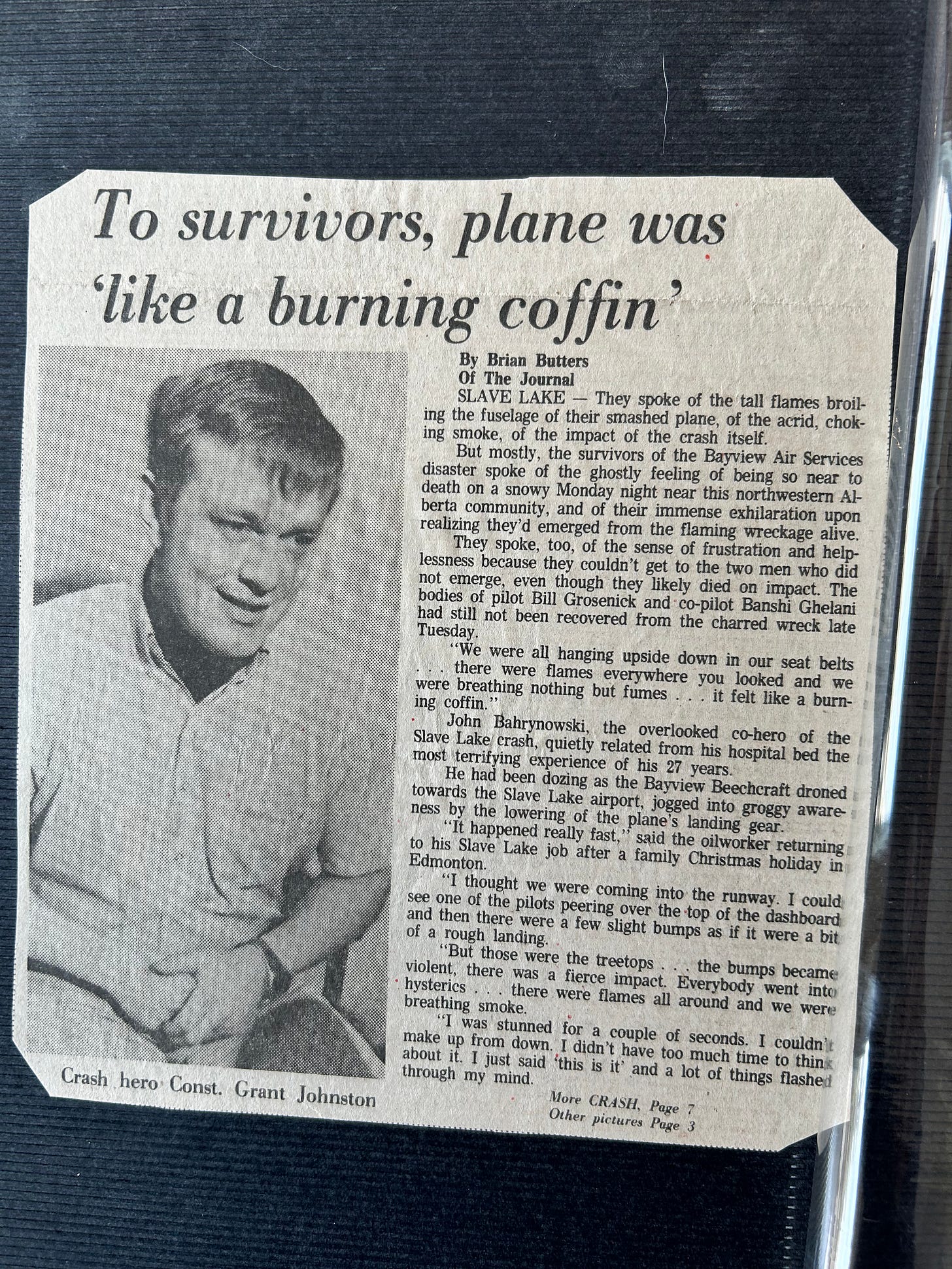
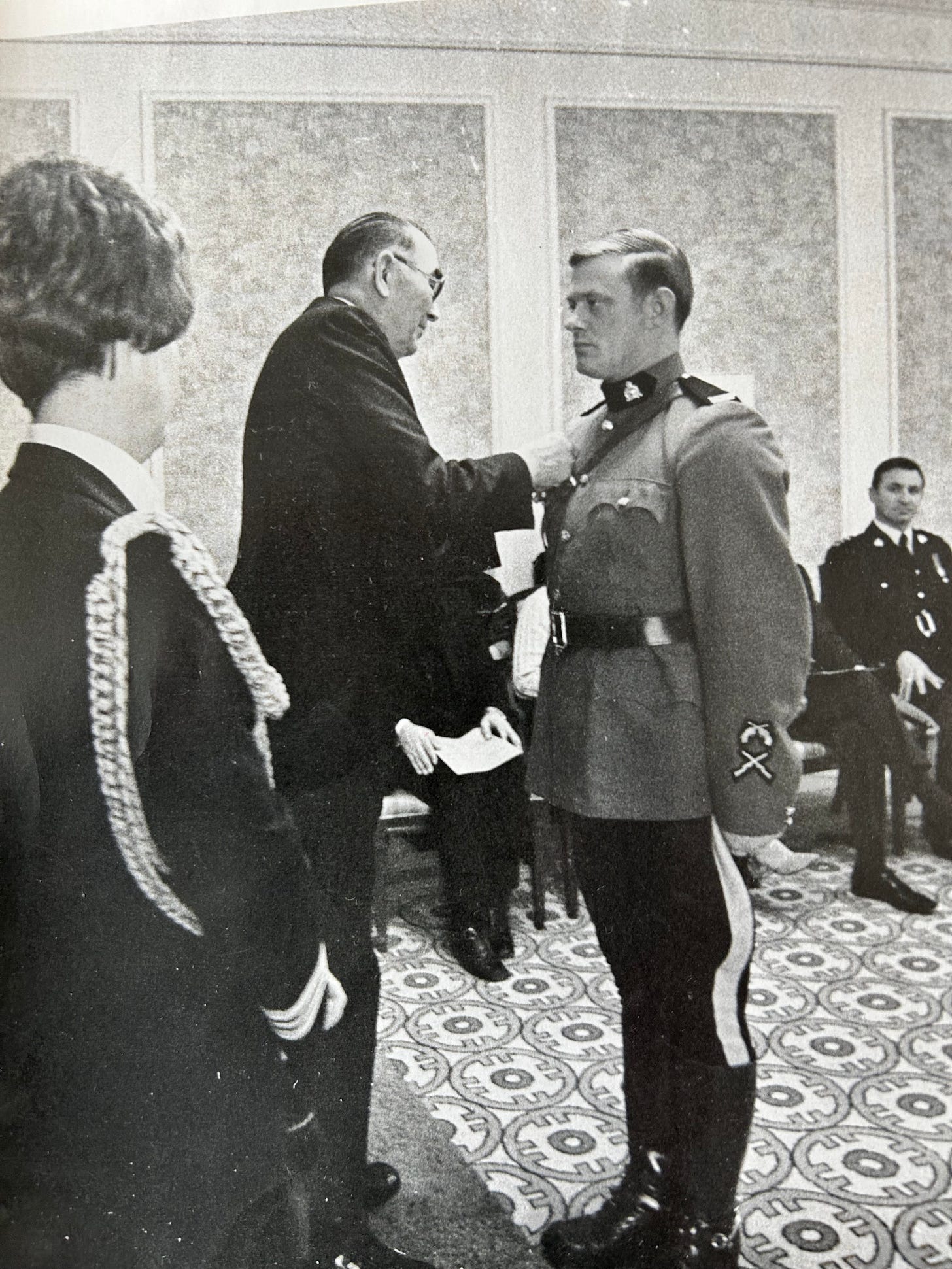
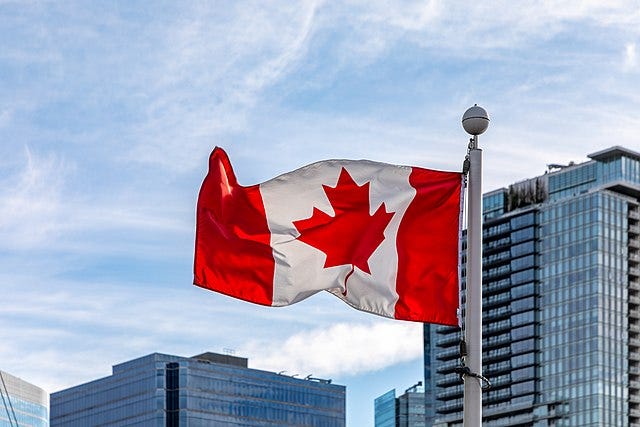
Thanks Bob! A reminder that we have each been given many priceless gifts - some of them are people.
Thanks for this story, Bob. And for the powerful ripples your “modest work” cast into our organizations.